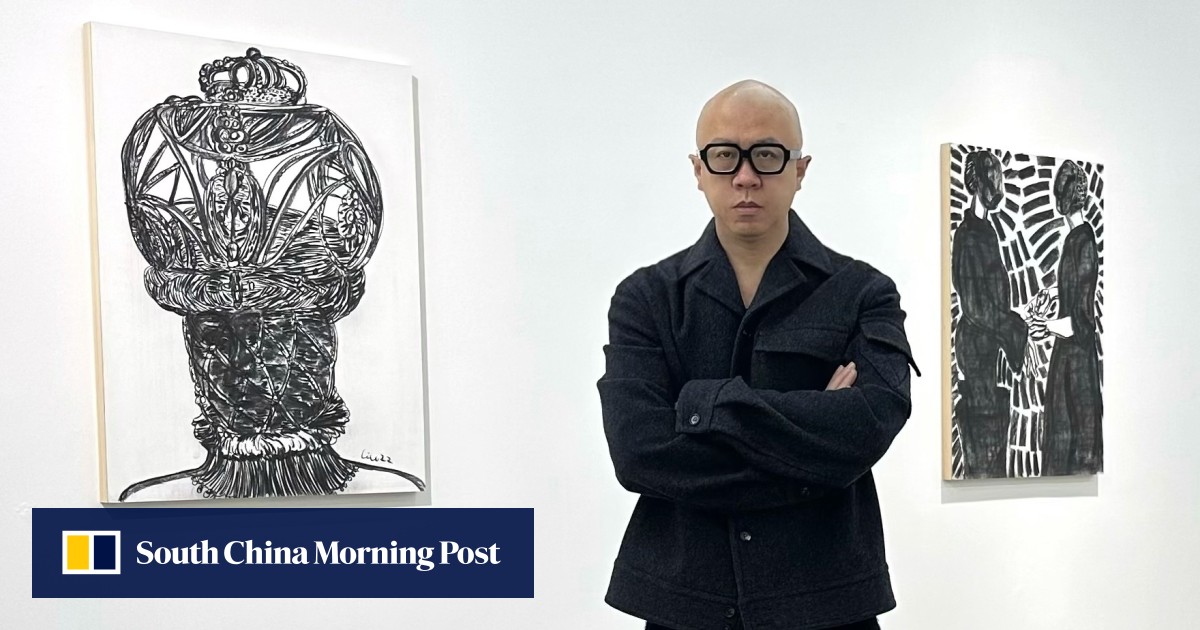Among a number of Chinese-owned venues that have appeared in recent months is Highlight Art.
‘Too ambitious’ National Gallery Singapore show still has its merits
‘Too ambitious’ National Gallery Singapore show still has its merits
The commercial gallery, which has showcased celebrated Chinese artists including Zhou Chunya, Liu Xiaodong and Xiang Jing, was originally set up by Willa Dong in Shanghai in 2001.
A series of unrelated events led Dong to Singapore.
In 2017, Chinese artist Meng Zhigang – now programme director of the Singapore gallery – heard about studios being demolished in Songzhuang, the vibrant artists’ colony in Beijing. Meng sprang into action, documenting the colony’s plight on his social media platform.
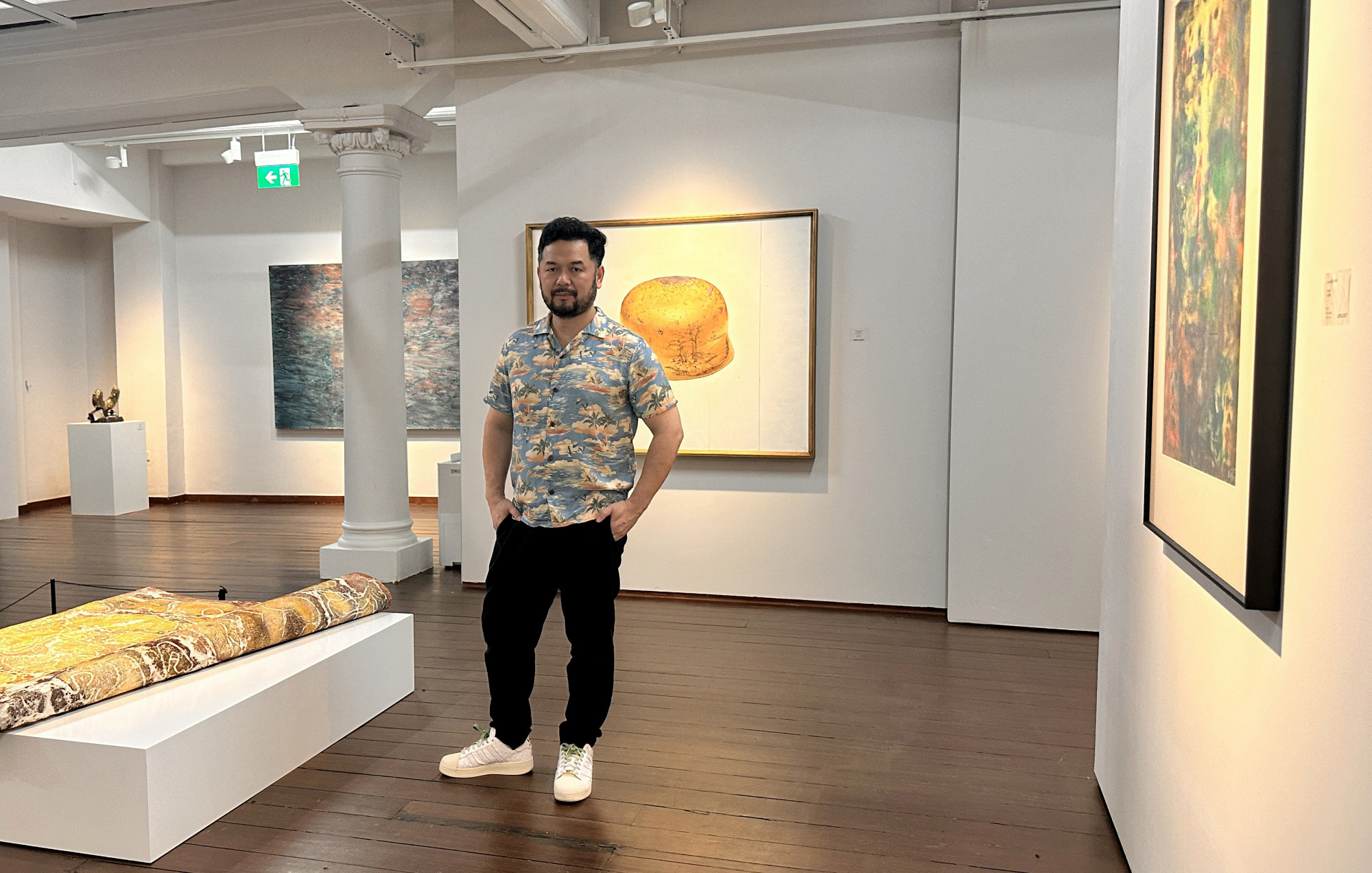
Dong noticed this, joining Meng’s effort remotely to record the stories of displaced artists and their fight against eviction.
As the Songzhuang crisis subsided, Meng and Dong began to research Chinese art history together, eventually leading them to look into the exodus of Chinese artists to Southeast Asia during times of war.
This historical interest, coupled with the restrictive Covid-19 pandemic measures in place in Shanghai and Beijing, led Meng and Dong to make a fresh start in Singapore.
After a year-long search, the pair found the ideal home for Highlight Art within a beautifully restored Peranakan shophouse on Club Street. What makes it so perfect is not just the space itself but its neighbour, Meng says.
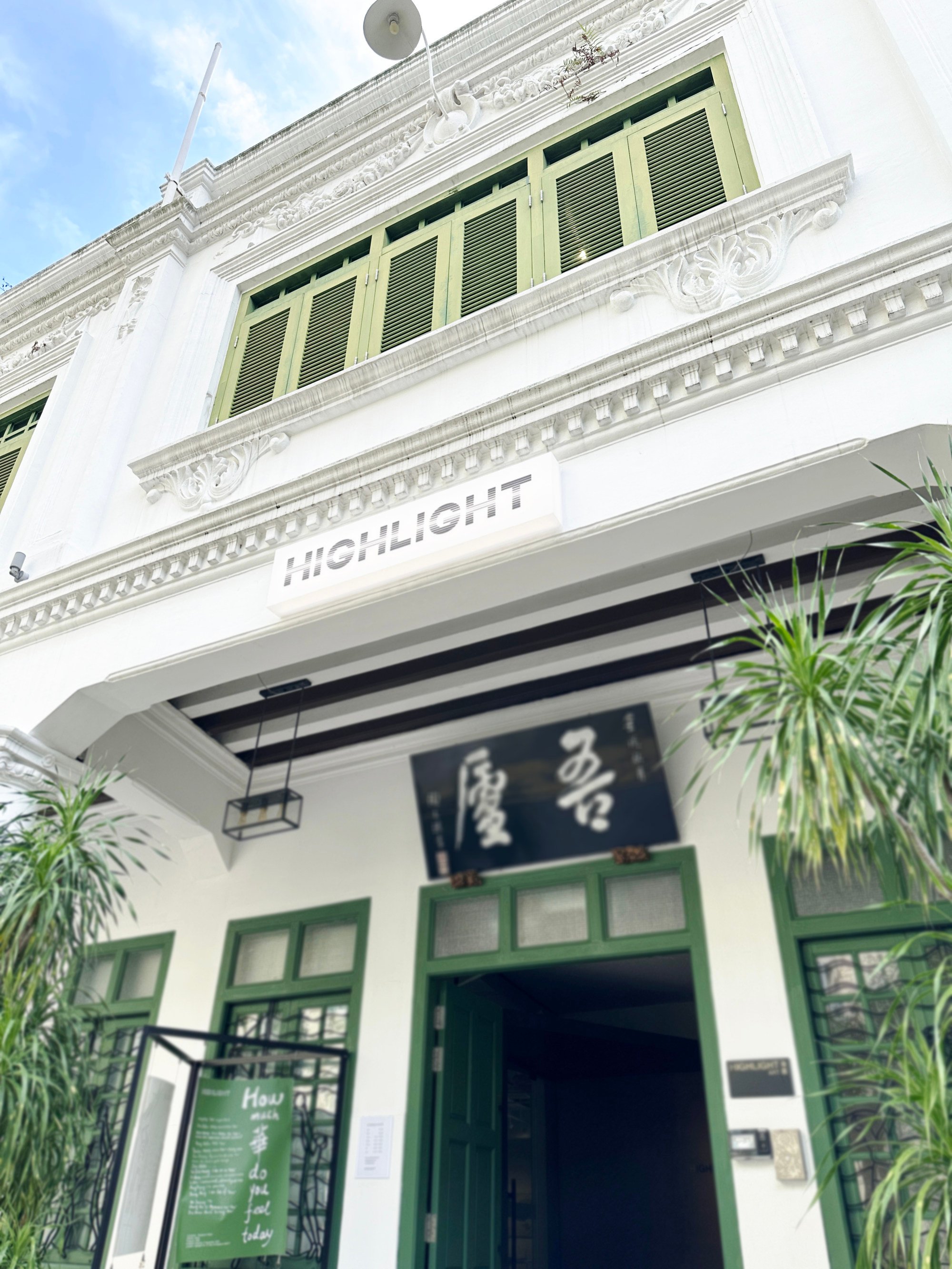
The gallery, which occupies the first two floors, shares the building with the Goh Loo Club, which was founded in 1905 by overseas Chinese supporters of Chinese Nationalist Party leader Sun Yat-sen and his revolutionary movement. The pairing of the two entities symbolises the gallery’s mission to create a bridge for cultural exchange between mainland China and Singapore, Meng says.
Its inaugural exhibition, “How Much ‘Hua’ Do You Feel Today?” – hua meaning China or Chinese in Mandarin – opened in November 2023. It featured a diverse selection of 10 artists who embody the gallery’s commitment to showcasing artists from the Chinese diaspora, such as third-generation Singaporean-Chinese artist Hans Chew, who studied in Japan. His ceramic works incorporate objects found on the streets of Singapore, reflecting themes of identity and cultural memory.
There was also Zou Zhao – a performance artist from China’s Hubei province who emigrated to Singapore at the age of six and now lives in New York – who explores the complexities of language and its role in shaping cultural understanding; and Jon Koko, a Swedish artist who employs a minimalist style and pale colour palette to evoke a sense of Zen and introspection in his viewers.
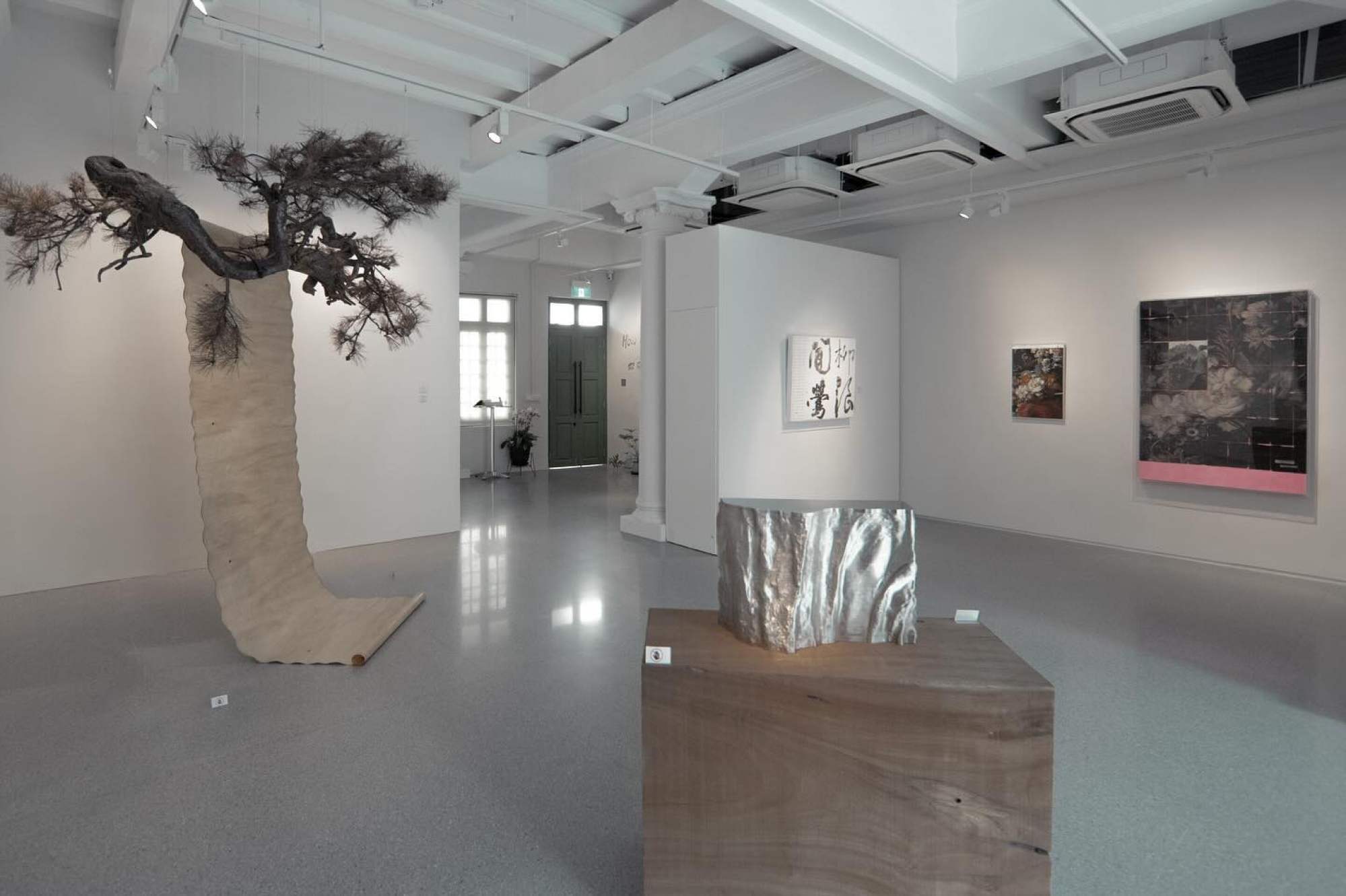
Another new art venture in Singapore is the Eureka Griffin Fine Arts Club, a private collection with Chinese roots whose focus extends beyond contemporary art, encompassing antiquities as well as fine jewellery.
Li Yicheng, the club’s director who has nearly two decades of experience in the Chinese art industry, explains that research into ancient Southeast Asian history, including ceramics and Buddhist statues, led the club to become interested in contemporary artists working in the region.
This new private club caters to business leaders with an interest in collecting art and antiquities. It offers members a range of exclusive privileges, including fine dining, cigar lounges and cultural events such as curated exhibitions – both in-house and collaborative ventures with major brands, such as its upcoming partnership with Cartier.
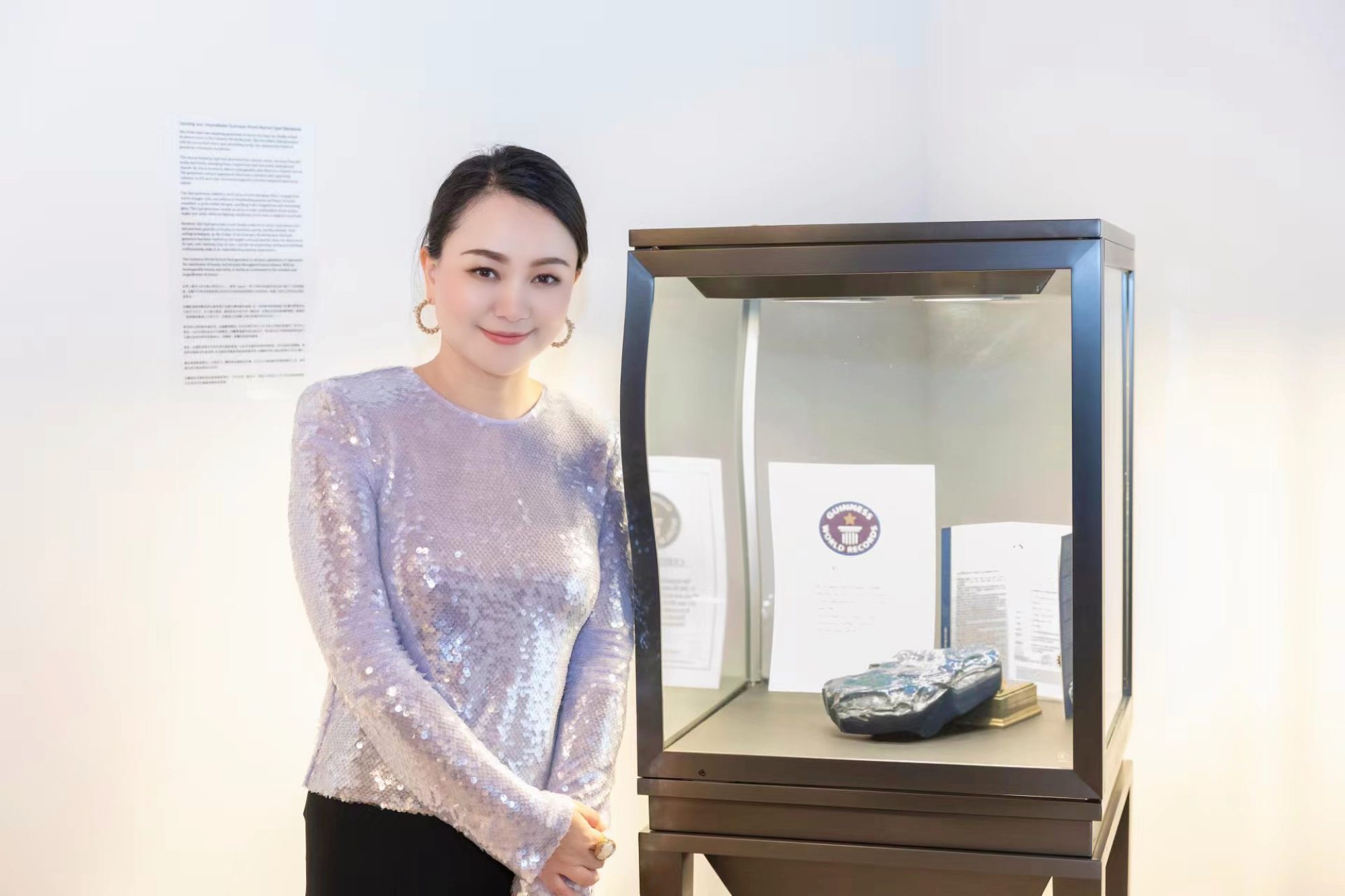
Membership costs S$55,000 (US$41,000), which is refundable after five years or upon the member’s decision to invest in the club’s Eureka Fund.
There’s also the Whale Art Museum, a non-profit art space that has become the talk of the town, nestled in the same industrial building occupied by the Singapore Art Museum and the venue for the annual SEA Focus art fair.
Founder Li Fan, a property developer from Beijing, is a well-known collector in his hometown who has amassed an impressive body of works by established international and Chinese artists from the secondary market over the past few years.
To many, this appears more like another form of wealth transfer
Li Fan recently relocated to Singapore and is currently pursuing an Executive MBA (Chinese) programme at the University of Singapore. He was not available for comment for this article.
The museum’s inaugural show, which kicked off on January 18, presents a mid-career survey of two prominent Chinese artists: Ouyang Chun and Huang Yuxing.
The exhibition showcases around 30 works, including three pieces from Li’s collection that have attracted significant attention at auctions in recent years. Those include Huang’s Paradise (2015), which sold for 16.1 million yuan (US$2.2 million) at a Yongle auction in 2022, and Ouyang’s The Lonely King (2008), which fetched 4.8 million yuan at a China Guardian auction in 2023.
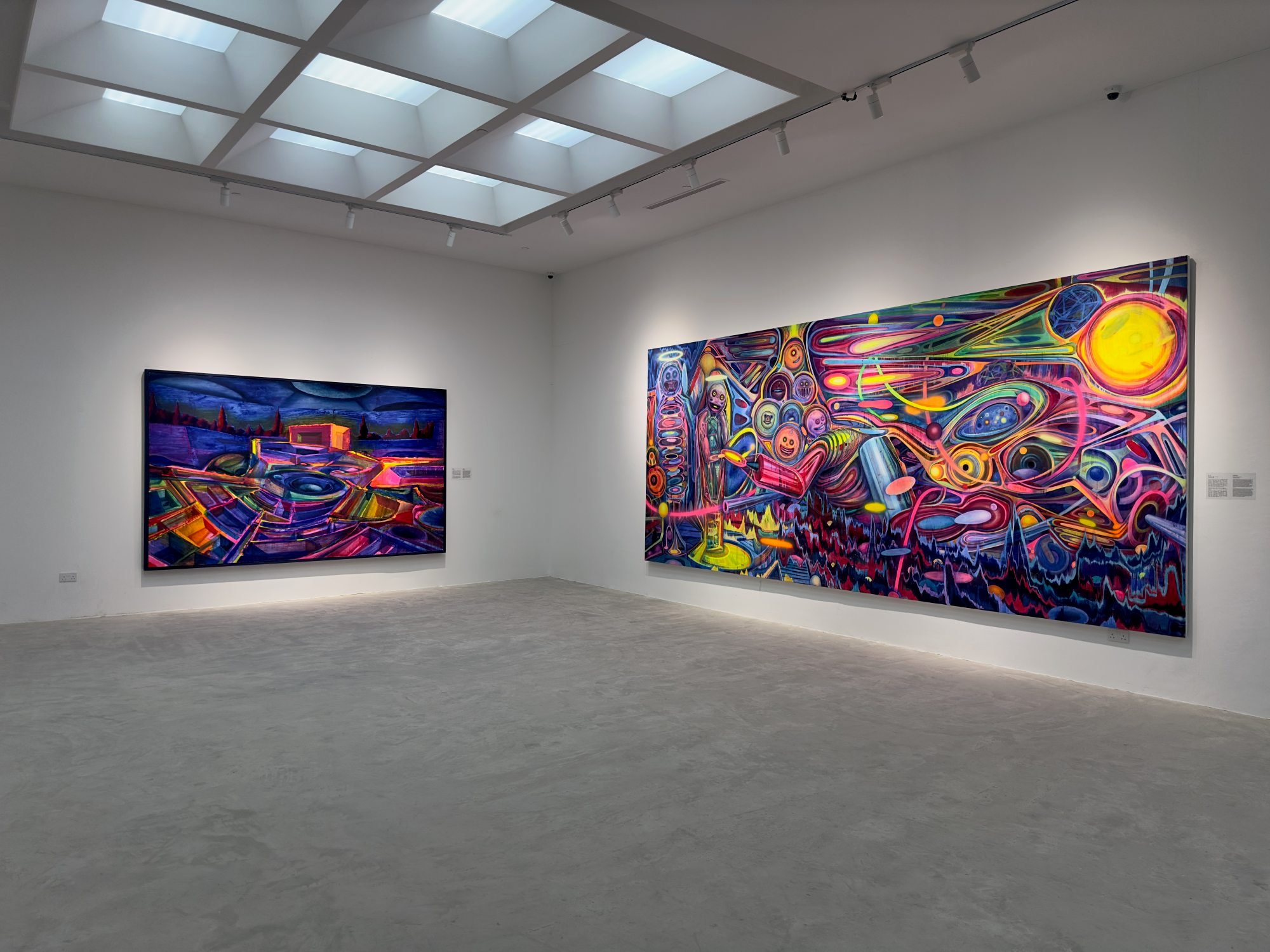
According to those who attended the January opening party, which was held in the same week as the Art SG and SEA Focus art fairs, the event attracted just about every China-born art professional in town.
But they added that few Singaporean collectors or professionals were present, with one saying that the museum’s existence had only been publicised among the mainland Chinese diaspora in Singapore.
This prompted Singaporean art collector Chong Huai Seng, co-founder of the art salon The Culture Story, to say that he would like to see more interaction between the new arrivals and the local art scene.
“To many, this appears more like another form of wealth transfer,” he says.
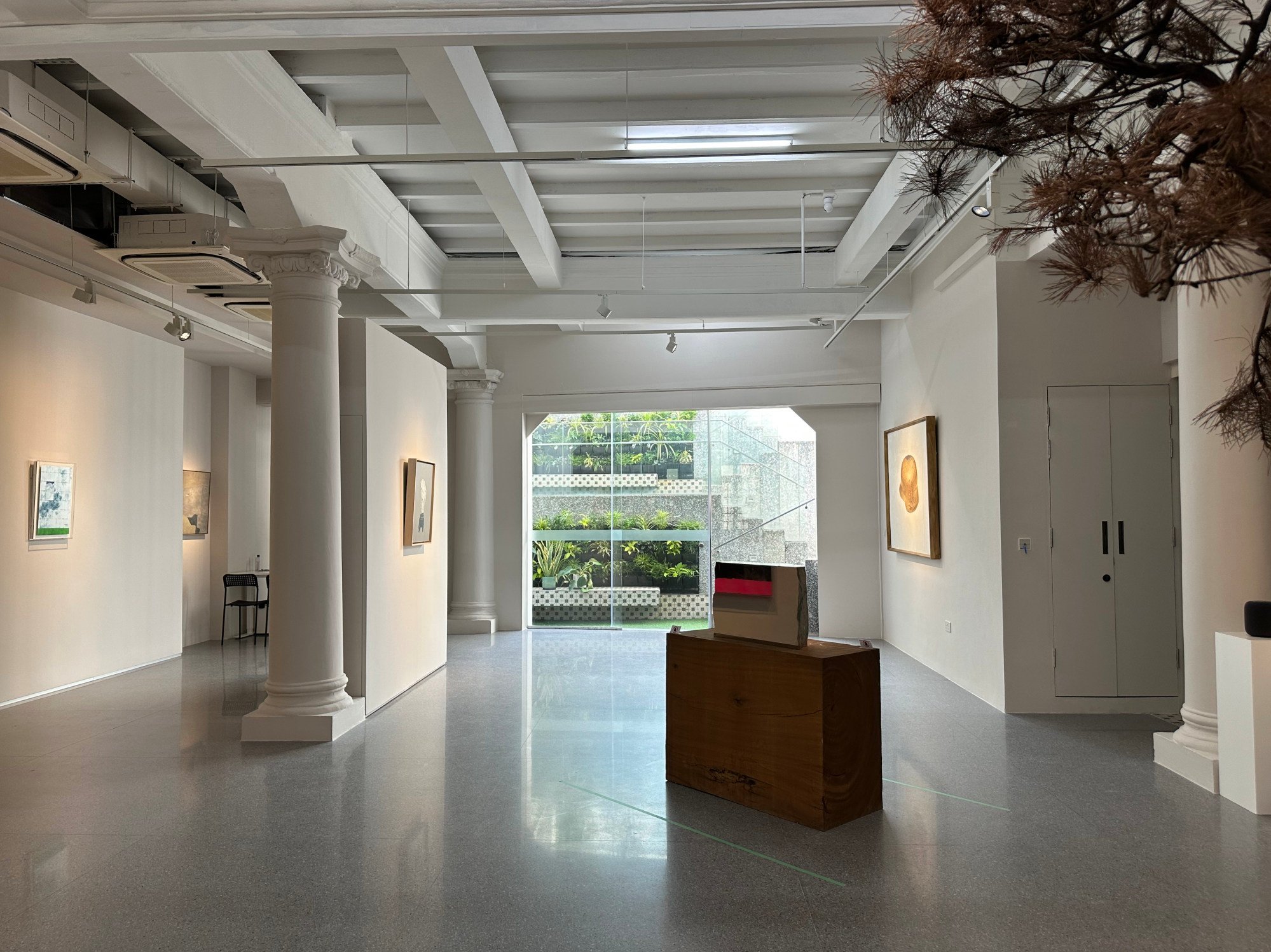
According to a Whale Art Museum press release, it has plans to add a multimedia exhibition space and an artist-in-residence programme in Singapore soon to promote Chinese artists abroad.
While he has set up a new platform in Singapore, Li Fan remains committed to Beijing, where he is in the process of building a new museum inside a skyscraper developed by Future Land Centre, where he serves as chief investment officer.
There are a number of other mainland-Chinese-owned art spaces that have recently opened in Singapore, including Prestige Art, an existing gallery revamped by Beijing filmmaker Audrey Zhang in the Bank of Singapore headquarters; and Woosee, a studio and gallery in the Mandarin Gallery shopping centre on Orchard Road run by Allison Liu, a Chinese ink painting and pottery artist.
Apart from concerns about local integration, questions remain regarding Singapore’s potential as an art market.
How Singapore’s art scene is ‘maturing’ with growth in private shows
How Singapore’s art scene is ‘maturing’ with growth in private shows
Dong admits that making sales has proven harder than anticipated.
“We haven’t seen the level of foot traffic or media exposure we expected, even though we’re located close to the central business district,” she says.
“In Shanghai, you can get a nice space for 50,000 yuan in rent a month,” she adds. “It costs five times more here.”
Other galleries and dealers concur, saying that the arrival of new wealth and family offices has yet to translate into sales.
Zhou Jiji, founder of Blank Gallery in Shanghai and Tokyo, was one of dozens of mainland Chinese collectors and art professionals who flew to Singapore in January to attend the art fairs and some of the 100-plus exhibitions during Singapore Art Week.
“I barely saw [any Chinese collector] making significant purchases,” he says, adding that for now he will not be taking part in the city’s art fairs.
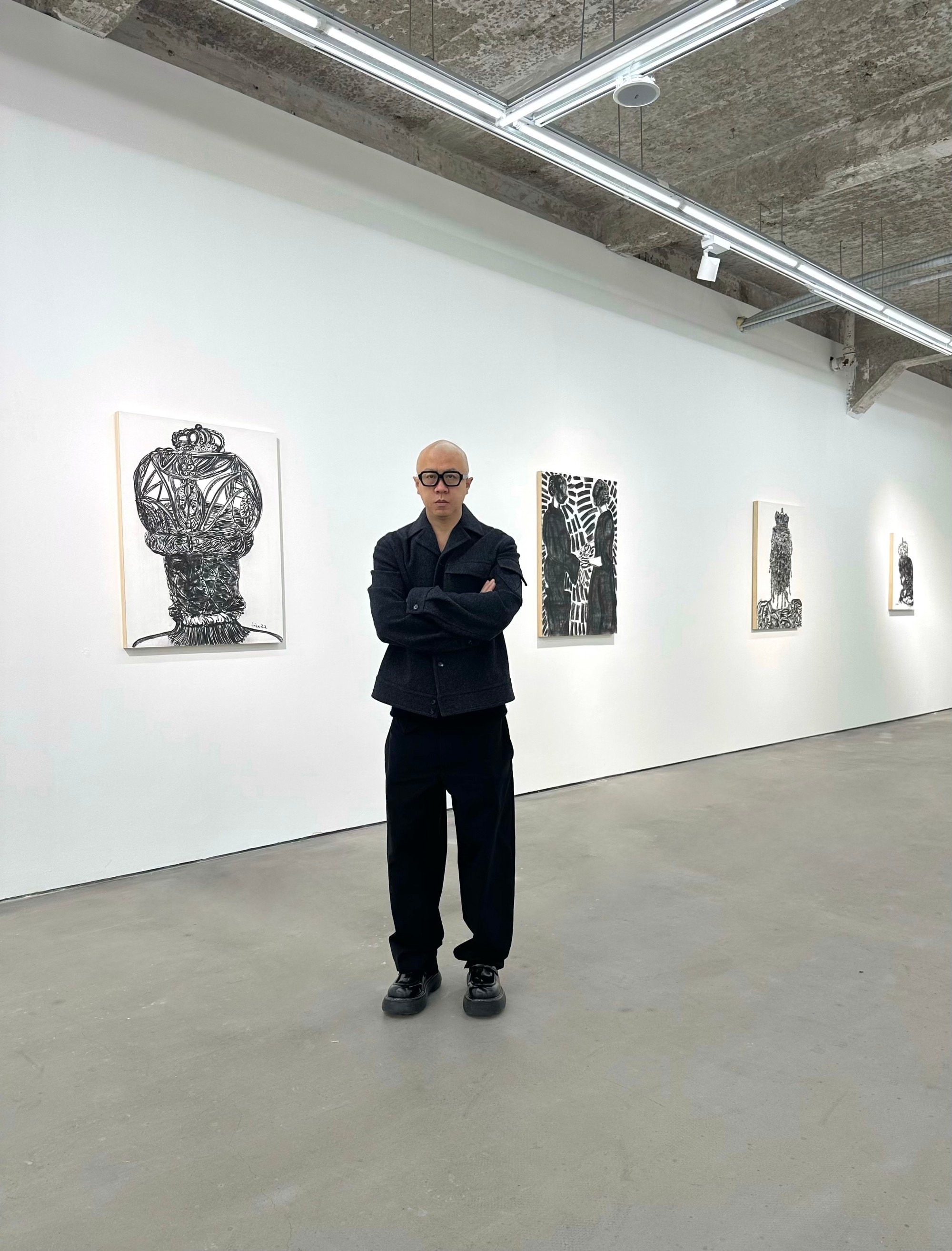
While local professionals suggest factors such as Singapore’s relatively high sales tax, and the need to build trust with local dealers, contribute to Chinese collectors’ hesitation, Li Yicheng says a deeper reason is a reluctance for them to branch out into Southeast Asian art.
“Traditionally, the mainland Chinese art market has primarily focused on its own artists, with only a few forward-thinking collectors venturing beyond,” she says. “The pandemic has further intensified this trend.”
In the meantime, many of the new arrivals in Singapore remain hopeful about the city becoming a cultural centre that can generate new dialogues and perspectives.
Li Yicheng believes that Singapore’s cultural diversity is its main advantage. That is why her club aims to foster “new cultures created through intermingling” rather than focusing solely on ethnic identity, she says.
And Dong says local galleries have been supportive towards Highlight Art, introducing her and Meng to reliable art logistics providers and sharing local tips.
Referring to the heritage of the early Chinese immigrants in Southeast Asia, Meng says: “We want to foster a new Peranakan culture for this era.”

